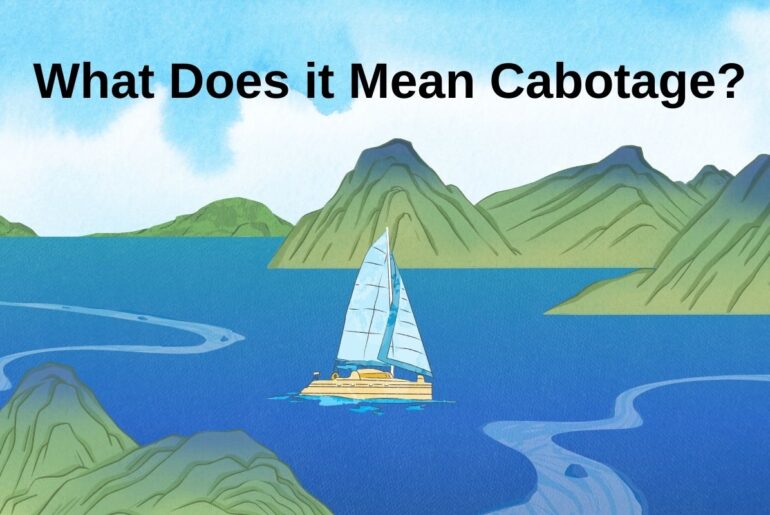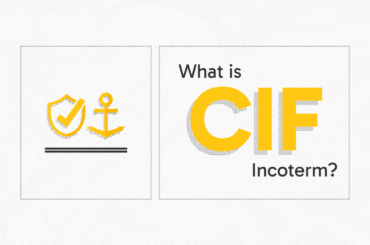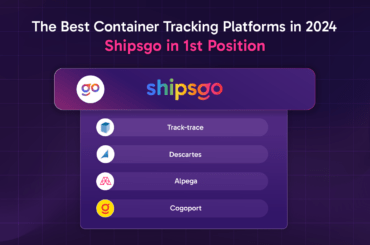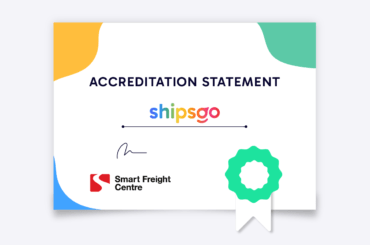Cabotage refers to transporting goods or passengers between two points within one country by foreign vessels, typically using cabotage regulations, which differ according to region and can have serious repercussions for container shipping operations. We will offer comprehensive guidance about cabotage container regulations in 2023 – how they impact container shipping operations as well as any regulations or restrictions that apply in different regions – while helping readers better comprehend this complex aspect of container shipping in 2023. This comprehensive guide offers readers insight into rules while helping navigate them complexities involved with 2023 container shipping operations.
Understanding Cabotage
Cabotage regulations are implemented by governments in order to safeguard domestic shipping industries and promote national economic interests. These restrictions prevent foreign vessels from engaging in domestic trade within its territorial waters; typically this regulation pertains to container shipping, passenger transportation and other maritime activities.
Cabotage Regulations’ Impact on Container Shipping Operations
Cabotage regulations have an immense effect on container shipping operations, from competitiveness of foreign shipping companies and freight rates, to availability in domestic markets and service availability. Therefore, understanding the rules is integral for container shipping companies looking to plan effective operations that adhere to local regulatory framework.
Cabotage Regulations in Different Regions
Cabotage regulations vary across nations and even within regions, from Europe’s liberal free trade agenda, where restrictions have been eased in favor of greater market integration to countries that may impose tight rules to protect domestic shipping industries – while others, like India may enact stringent cabotage restrictions to protect their domestic shipping industries and prevent penalty fees or violations by other carriers operating there. It is vital for container shipping companies to understand each region they operate within in order to avoid penalties or violations and ensure compliance.
Examples of Cabotage Regulations:
1. United States: Under the Jones Act, all goods transported between U.S. ports must be carried on vessels built, owned and operated by U.S. citizens or permanent residents only – this regulation prevents foreign vessels from engaging in domestic trade within America.
2. Australia: Australia has established cabotage regulations which prevent foreign vessels from engaging in coastal shipping between Australian ports. These restrictions exist to safeguard domestic shipping industries while providing local employment opportunities.
3. Brazil: Brazil has stringent regulations that mandate foreign vessels seeking domestic trade must obtain special permission before engaging. These measures aim to advance Brazil’s shipping industry while safeguarding national interests.
Navigating Cabotage Regulations
Container shipping companies looking to successfully navigate cabotage regulations need to keep abreast of local requirements in each region they operate in, including understanding specific vessel ownership, registration and operation regulations. Establishing partnerships or engaging local shipping agents as additional compliance checks may further ensure smooth operations in accordance with laws and facilitate smooth operations.
Cabotage regulations have an immense effect on container shipping operations, shaping competitiveness, freight rates, market access and more. Aware and compliant with regional rules is vital in 2023 to navigating its complexity with success while respecting national interests and regulations at play. By understanding and complying with rules in each region they can maximize efficiency, avoid penalties and operate successfully in domestic markets while staying abreast of local rules while meeting national objectives simultaneously.




